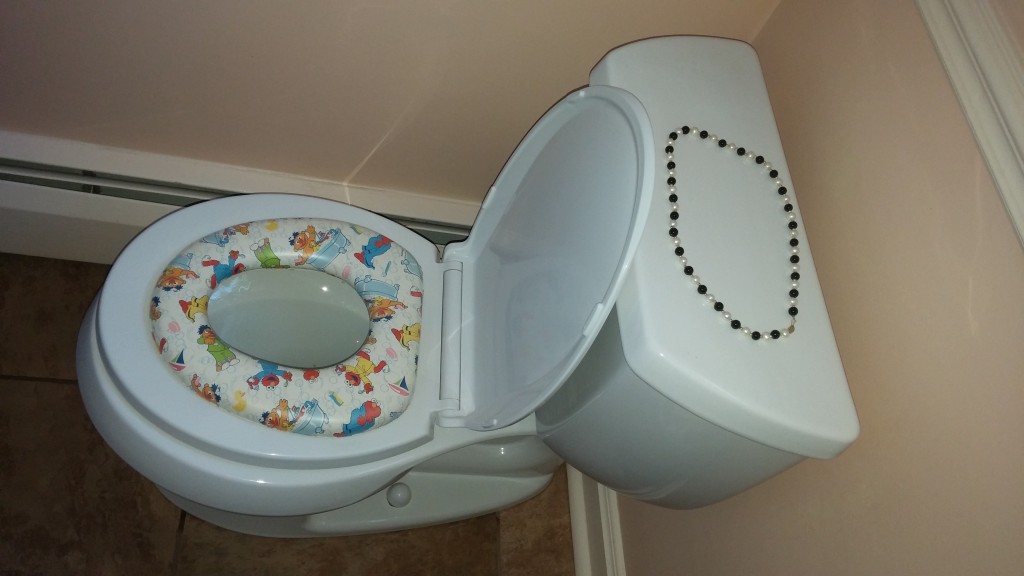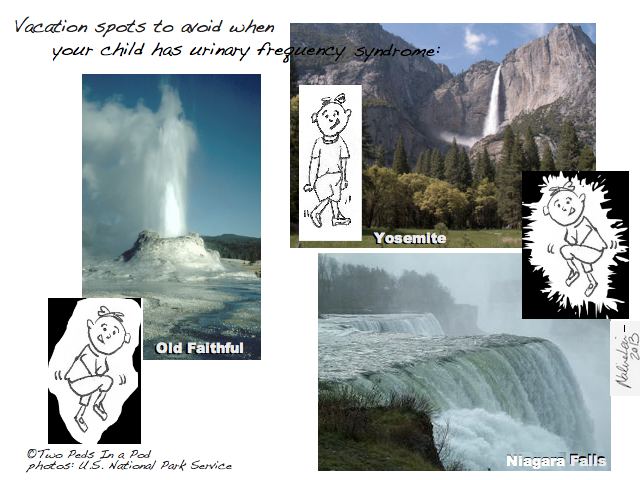“What you forgot to tell the babysitter” and “When is my child old enough to babysit?”

What you forgot to tell the babysitter
The first time my husband and I went out to dinner after our daughter was born, we walked out the door, got into the car, and sat in the driveway as my husband fretted over how our daughter was doing with the babysitter. “Did you see?” he said. “She looked sad when we left.” After a few minutes elapsed, he still had not started the car engine. Finally, to allay his fears, I told him to sneak back to the house and peek into the window. He came back amazed. “She’s fine,” he said with relief.
Finding someone to appropriately look after your child can be a difficult task. Even if you resist the urge to run back and check on your child when you leave the house, you may wonder as you pull away if there is anything you forgot to tell the babysitter. Chances are, you didn’t think of much beyond leaving your cell phone number and the name of your destination. Linda Miller, a nurse who taught a babysitting course for years for Child, Home, and Community (a United Way agency serving Bucks and Montgomery Country, Pennsylvania), shares with us the information she leaves her own babysitters:
Parents’ cell numbers
Kids’ names, ages and birthdays
House address (chances are, if your sitter lives down the street, she or he doesn’t know your house number)
The full name of the town you live in (is it Borough or Township?) In Nurse Miller’s case, there is a street of the same name in the neighboring township. Ever since the pizza delivery guy went to the wrong house one hungry night, her family is careful to be very clear as to where they live.
The nearest cross street. This important piece of information helps emergency responders confirm they are heading to the correct address. (It could also be helpful if your sitter is old enough to order pizza!)
Where you are going – name and address and phone number.
Phone number to call in an emergency: For most it is 911
Poison control center phone number : 1-800-222-1222
Height and weight of each child – for emergency medication administration
Allergies – to Foods and Medications
Since seconds count in an emergency, even if your sitter is a regular fixture in your home, it doesn’t hurt to point out the safety information each time, should he or she need it.
Remember to bring your sitter’s cell phone number with you so you can reach her, in case you cannot get through on your own house phone.
When is my child old enough to babysit?
Somehow the years passed quickly, and the tables have turned. My daughter herself is a babysitter. How will you know when your own child is old enough to babysit? First ask yourself whether he will be too scared to stay home without an adult. Then ask yourself if he can solve problems on his own. The age that kids start to babysit themselves or younger siblings varies. Ultimately parents need to judge their child’s maturity for themselves. Tweens can be mature enough to babysit themselves and a younger sibling for short period of time. In fact, the American Red Cross babysitting training course (which can be taken online) is offered to kids 11 years and older. Even if your child is not babysitting anyone else, but staying by himself at home, a course will give your child valuable self-care tips.
Outline specific Do’s and Don’ts for your child. Walk them through what to do if the doorbell rings or if the phone rings. What activities are they allowed to do? Are they allowed to eat? Cook? Can friends come over? What will they do in a power outage? What if someone gets injured or sick while you are out? Familiarize him with basic first aid.
Keep anything which is potentially harmful such as medications, guns, and alcohol inaccessible. Make sure you are comfortable with parental controls for computers and the television.
And of course…give them Nurse Miller’s list from above.
Naline Lai, MD with Julie Kardos, MD
©2013 Two Peds in a Pod®
 In honor of Father’s Day, we would love to hear your anecdotes of any “Doctor Dad” moments your children have experienced. Tell us about how your child’s dad or any father figure in your child’s life helped your child through a tough time, an illness, or an injury. Send us your anecdotes to twopedsinapod@gmail.com by June 4 and we will include the top stories in our Father’s Day post.
In honor of Father’s Day, we would love to hear your anecdotes of any “Doctor Dad” moments your children have experienced. Tell us about how your child’s dad or any father figure in your child’s life helped your child through a tough time, an illness, or an injury. Send us your anecdotes to twopedsinapod@gmail.com by June 4 and we will include the top stories in our Father’s Day post.  This Mother’s Day we bring you definitions inspired by our children and our patients. Don’t think we’ll out-hip
This Mother’s Day we bring you definitions inspired by our children and our patients. Don’t think we’ll out-hip  About half of all children in the United States with an autistic spectrum disorder are diagnosed at age five or older according to a May 2012, NCHS (National Center for Health Statistics) data brief. However, many parents are suspicious much sooner. As part of
About half of all children in the United States with an autistic spectrum disorder are diagnosed at age five or older according to a May 2012, NCHS (National Center for Health Statistics) data brief. However, many parents are suspicious much sooner. As part of  A mom recently wrote to us: What are your thoughts on Baby-Led Weaning?
A mom recently wrote to us: What are your thoughts on Baby-Led Weaning? 
 Today’s guest blogger, teacher and health coach Mary McDonald, teaches us how to understand the amount of sugar reported on nutrition labels and gives ideas for low sugar snacks —Drs. Lai and Kardos
Today’s guest blogger, teacher and health coach Mary McDonald, teaches us how to understand the amount of sugar reported on nutrition labels and gives ideas for low sugar snacks —Drs. Lai and Kardos “Potty training—will it ever end?” many parents ask. Time moves in slow motion for parents teaching their kids to use the potty. For those trapped in a training time warp, take heart. It’s been almost four years since our
“Potty training—will it ever end?” many parents ask. Time moves in slow motion for parents teaching their kids to use the potty. For those trapped in a training time warp, take heart. It’s been almost four years since our  The grand finale… the music blares, a giant grey mouse dances on the stage, and six full tables of kids look on a
The grand finale… the music blares, a giant grey mouse dances on the stage, and six full tables of kids look on a